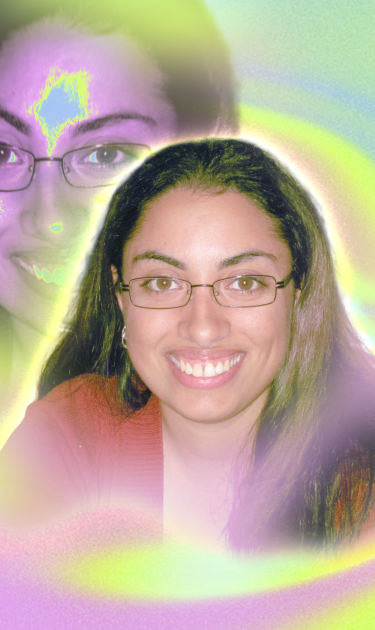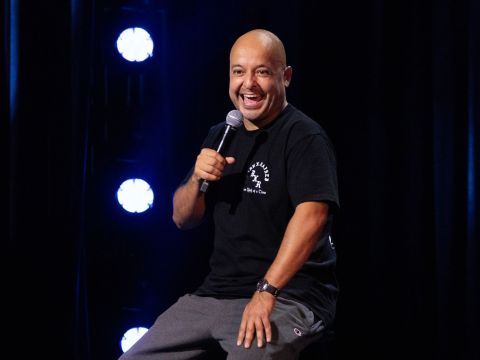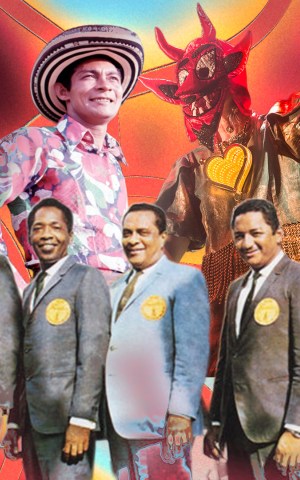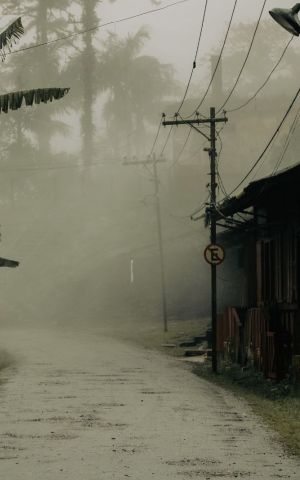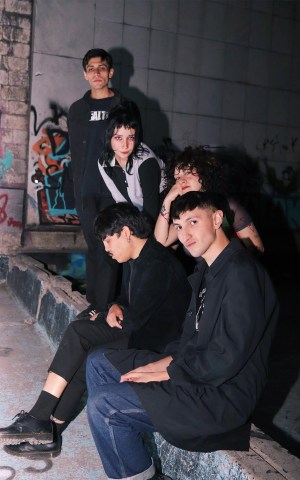There is a lot to love about being Colombian. From lively parties to regular family gatherings to just spending time with friends. But despite this overwhelmingly positive atmosphere, my childhood was actually far from happy.
As I got older and became more self-aware, it became harder to connect with my Colombian family members, and it all boiled down to one simple fact: I am a Colombian person who identifies as bisexual and non-binary. But even though I experienced hardships early in life as a result of my queerness, the best gift of adulthood was finding my own place within the LGBTQIA community.
I Knew I Was Gender-Fluid Before I Knew People Like Me Existed
I knew as early as age five that there was something different about me that didn’t align with my Colombian parents’ expectations. From a very young age, my parents insisted I was a girl and was expected to dress and behave like one. As a child, I didn’t understand what this meant or why this was a big deal. As a child, I liked sports, toys and games that were often associated with boys. I also had a strong preference for wearing trousers and t-shirts – both of which were “unlady-like.”
One of the most traumatizing experiences I had as a very young child was being forced to wear skirts and dresses because those were the clothes that were expected for me based on my assigned sex. I remember always getting into fights with my mother about wearing dresses and skirts because I absolutely hated wearing them. I would also get yelled at and punished for refusing to wear them.
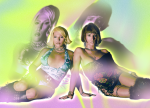
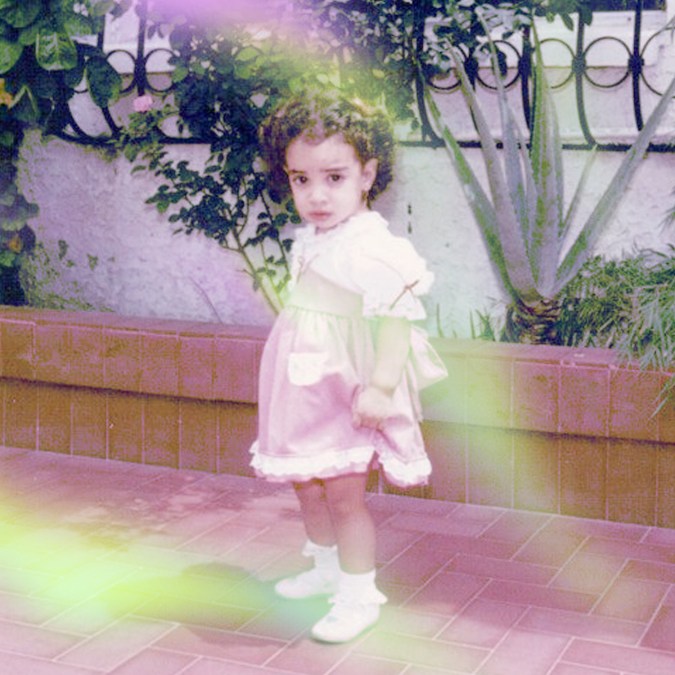
I eventually relented, if only to avoid my mother’s wrath. But this also made going to church a nightmare, because this was when I was expected to wear a dress, complete with sheer tights and dress shoes. I found wearing these feminine clothes so uncomfortable, I always had to make myself better by putting on my brother’s clothes the moment I got home from church.
It was around this time that I started to believe I was actually a boy trapped in a girl’s body, and I didn’t understand at the time why God gave me the wrong body. I truly envied my brother for the fact that he could wear boys’ clothes, and I was always forced to wear girls’ clothes, which, again, I found discomforting.
Before the age of 10, I thought about if there was a way for me to magically change my body to match the gender inside my head. At the time, I wasn’t aware that trans people existed, so I didn’t bother to express these thoughts to my Colombian parents, or even my extended family members. I kept these thoughts to myself to not hit the hornet’s nest of my parents thinking I had lost my mind.
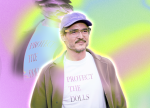
Realizing I was Bisexual Only Exacerbated My Isolation Within My Family and the Larger Latine Community
When I was eight years old, I realized I liked both boys and girls. Even within the Latine community, I found myself being attracted to girls. But once again, I couldn’t openly express it. Instead, I found myself questioning why God gave me a girl’s body instead of a boy’s.
By age 13, I tried to live up to expectations, namely because I wanted to be better accepted by the Latine community, and even my Colombian family. I started wearing makeup, and I started wearing skirts and other feminine clothing. I even started doing my hair more femininely. This, however, didn’t last. I didn’t feel like I was being true to myself. Instead, I knew I was pretending to be someone I wasn’t.
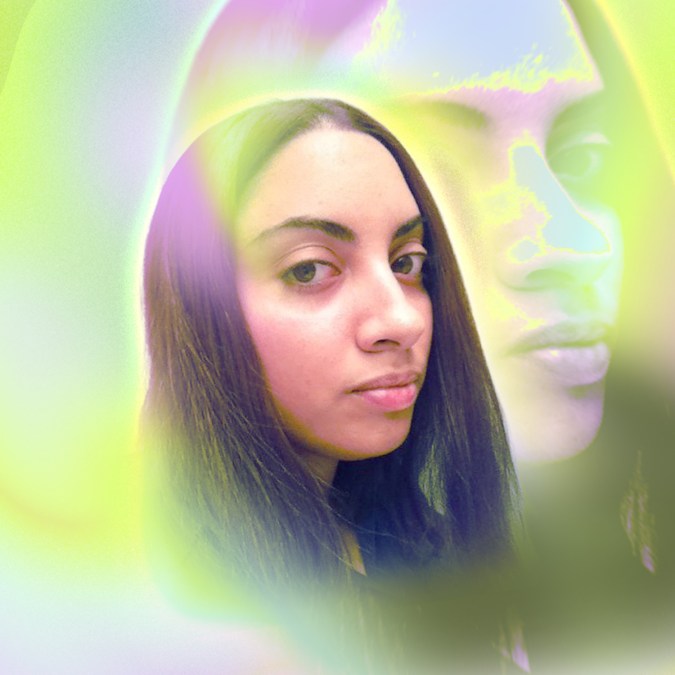
In the years that followed, I found myself unable to truly connect with my family and peers. For the first time in my adolescent life, I felt truly alone. Friends I once made were no longer my friends and I started distancing myself from my family, which didn’t go unnoticed.
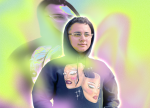
By age 17, I experienced peak depression and went into my Goth phase. By this point, I had fully rejected Catholicism and I stopped believing in God, which angered my mother. I started trying out other spiritual paths around this time, namely neo-paganism.
This weirdly became the first step to my accepting the fact I was queer. During this time, I met other Colombian Goths, and for the first time, I found a community in which I finally felt accepted. But it wouldn’t be until I started going to university that I truly found my people.
Adulthood Truly Set My Queer Colombian Self Free
When I started going to university, this was the first time I truly felt like myself. My school had a club called the Gay-Straight Alliance, which I joined. Whilst there, I met all kinds of members of the LGBTQIA community, including Black and Latine lesbians, and especially trans people. This exposure became the most important step for me coming out of the closet.
Initially, I identified as pansexual, but later came to openly identify as bisexual. By the time I was in my early 30s, I finally acknowledged for the first time that I was non-binary. And despite initially believing I was a boy as a kid, as an adult, I realized I had both masculine and feminine traits, and I honestly like this version of myself better. I still don’t like skirts and dresses, but I do wear more androgynous clothes.
Eventually, I told my mother and sister that I am bisexual. I don’t think my mother took that news to heart, so I still haven’t told her I’m non-binary. At the same time, it no longer matters to me that she or the rest of my family members know because I’ve reached a point in my life where I love and validate myself.
